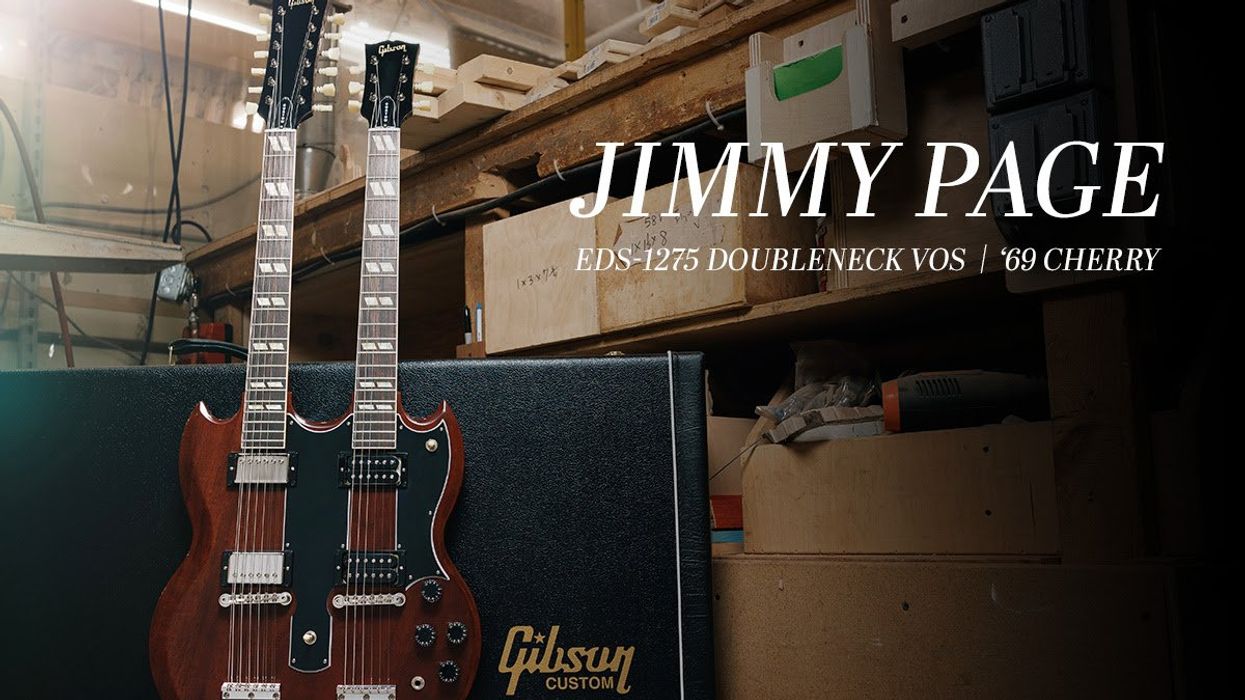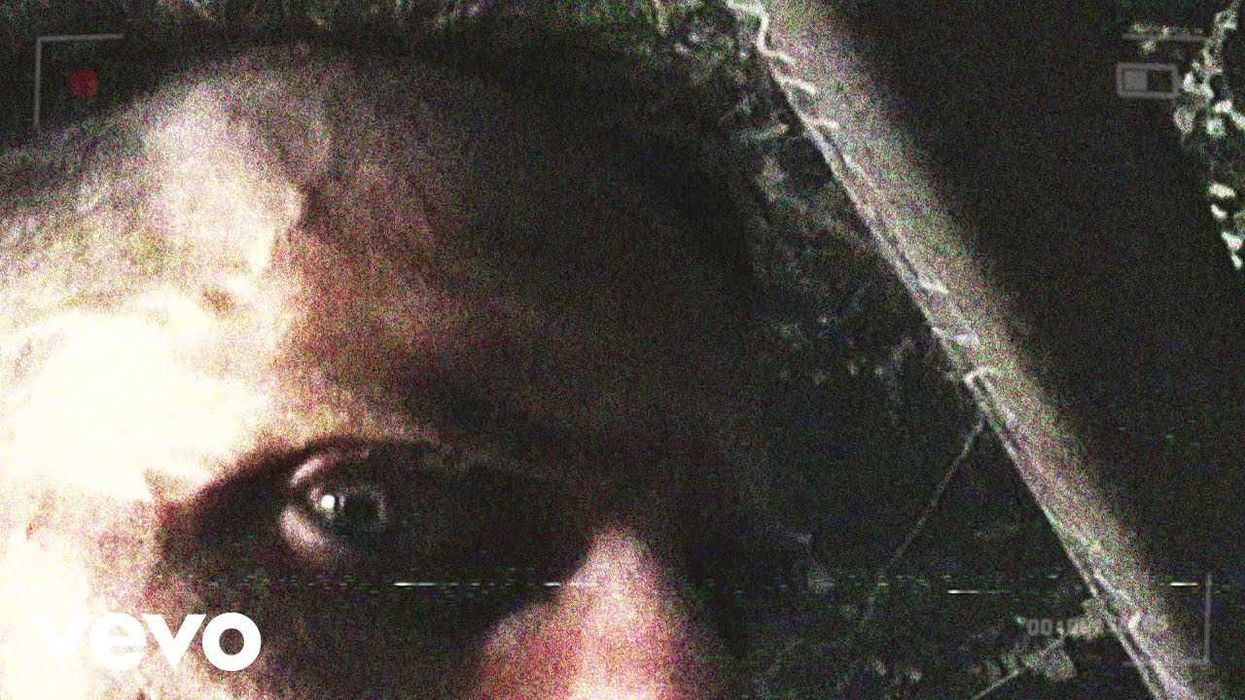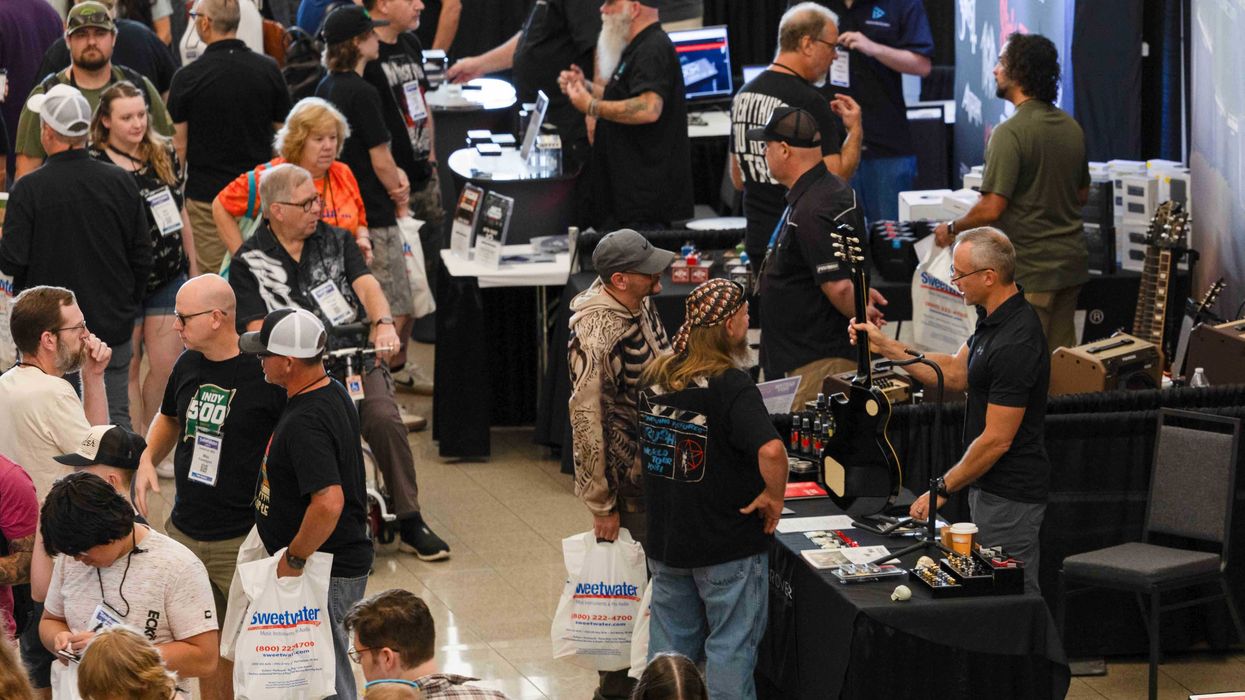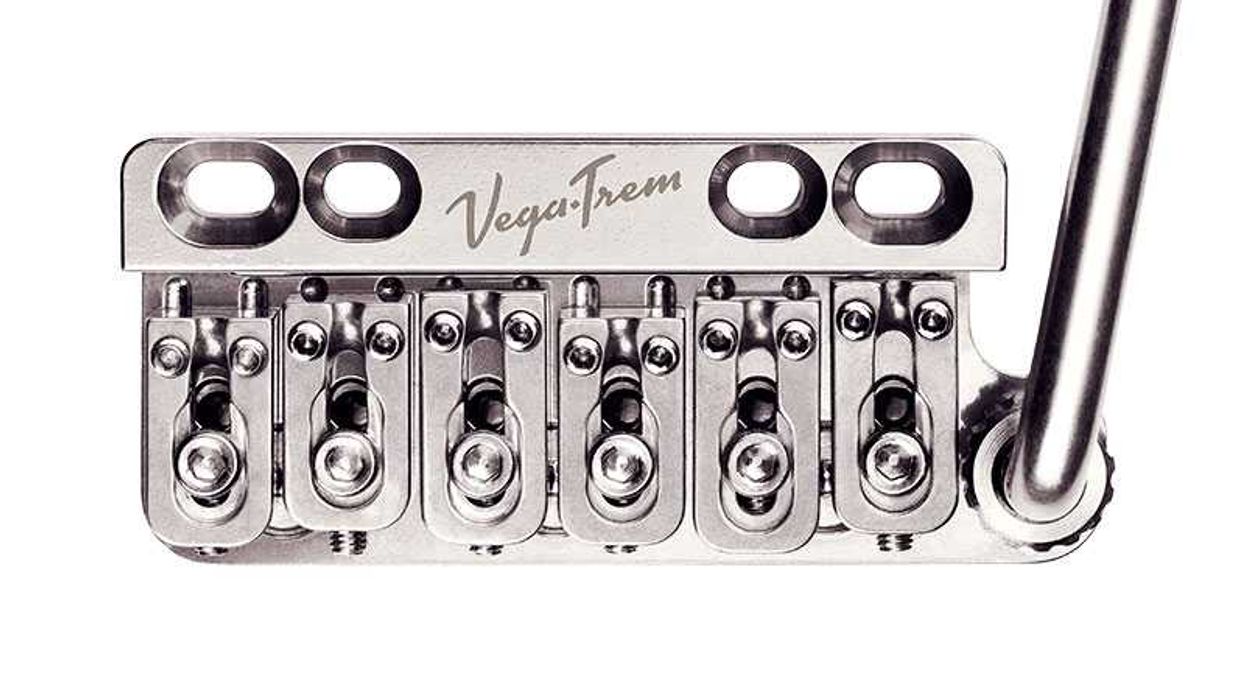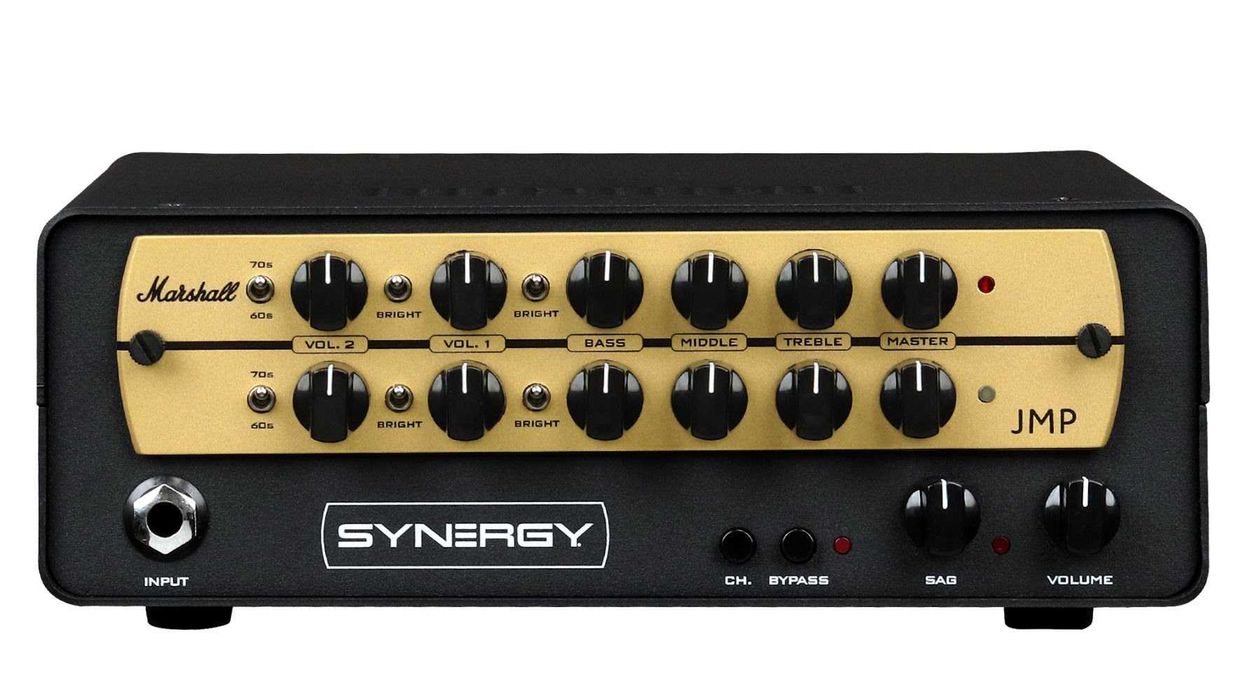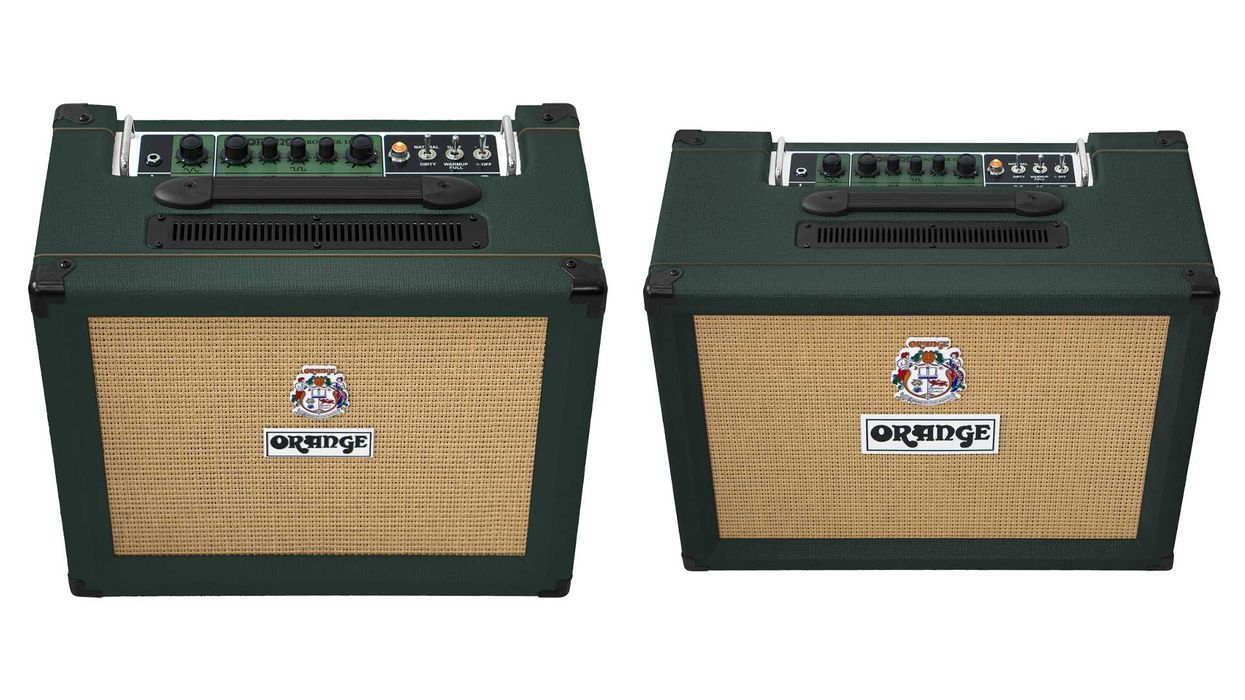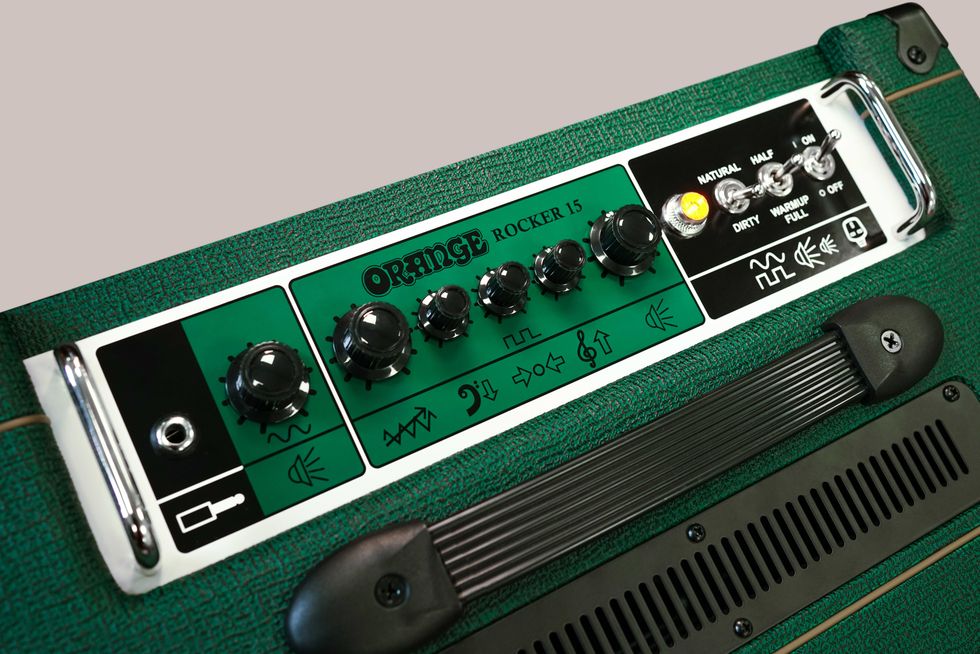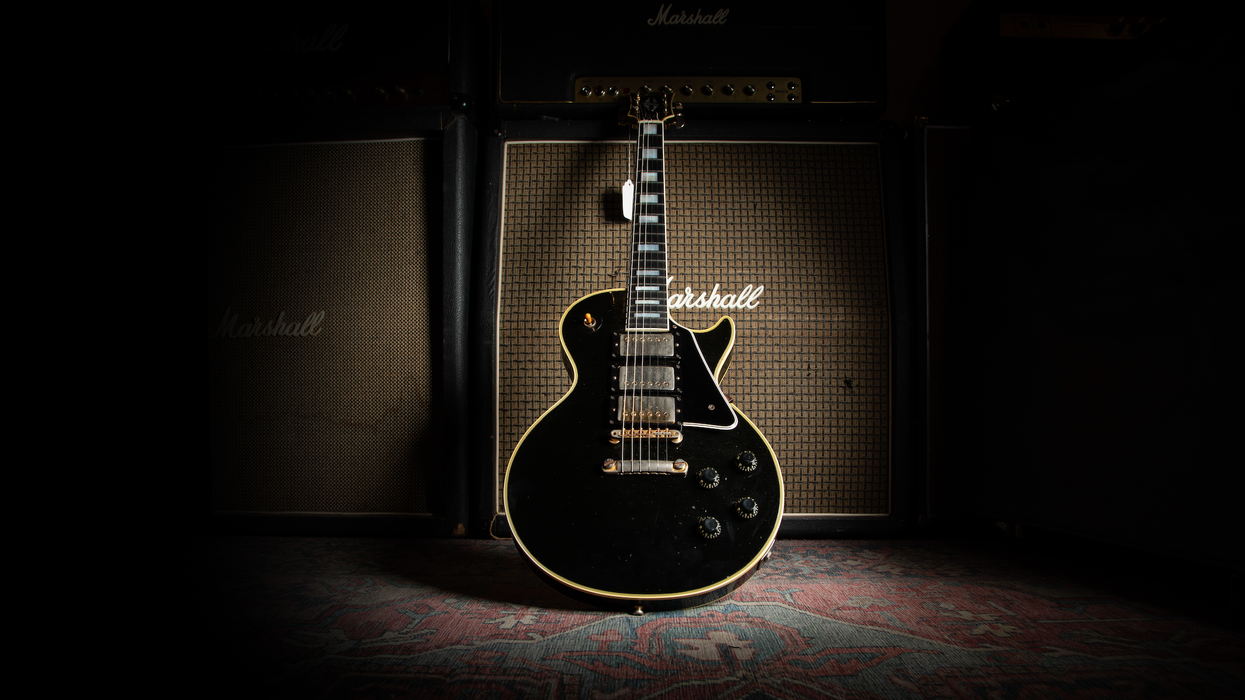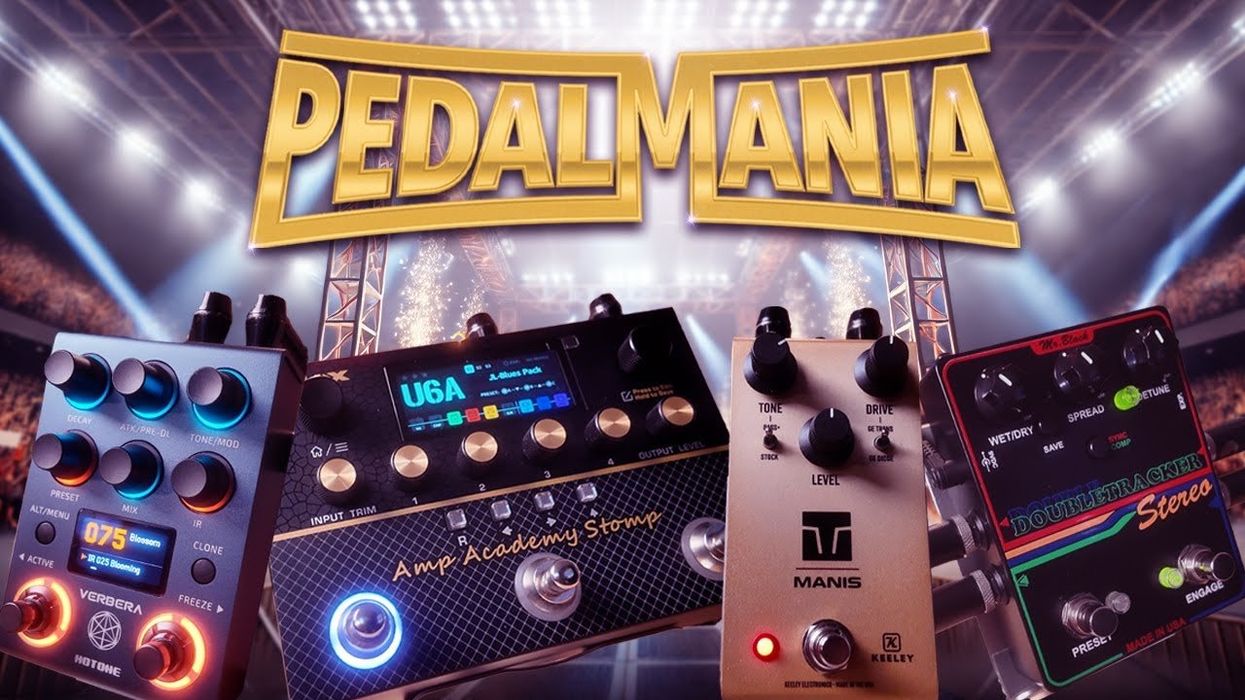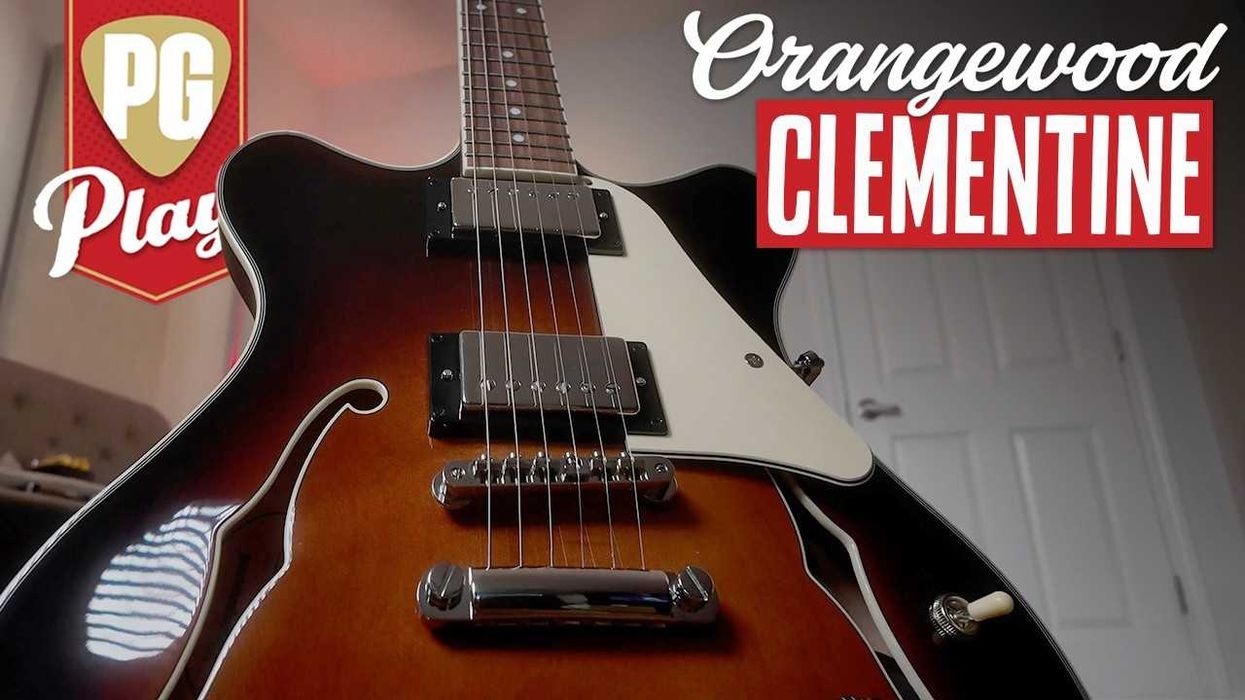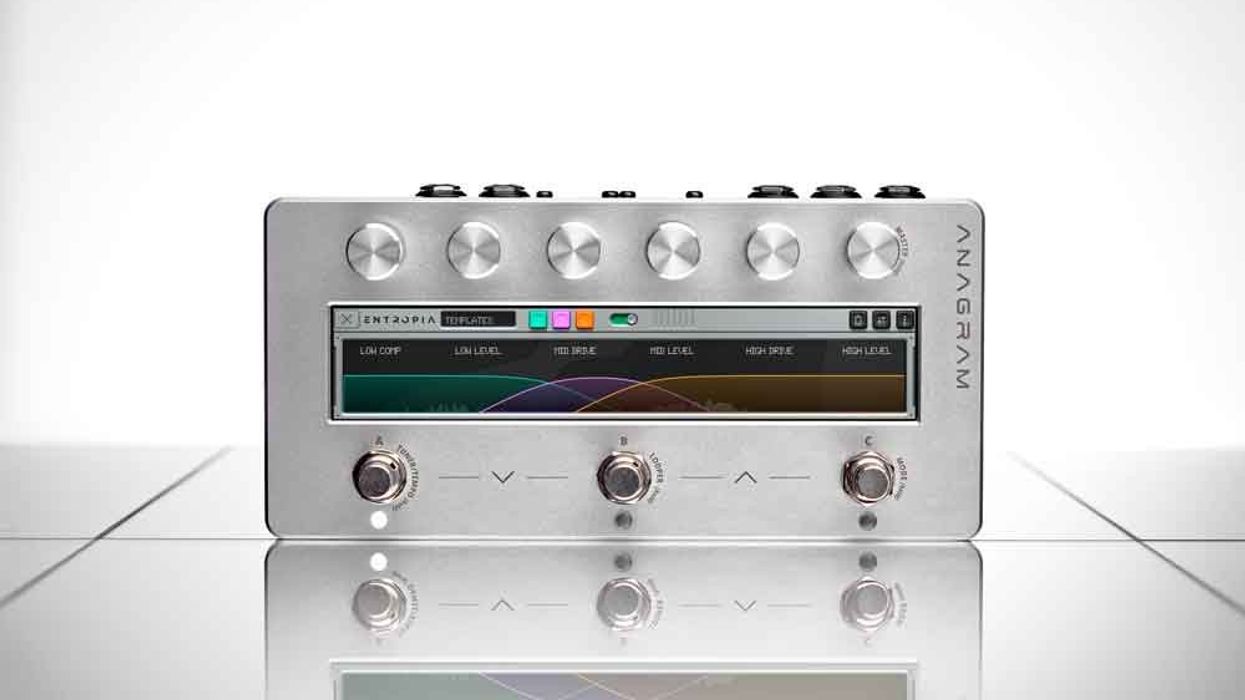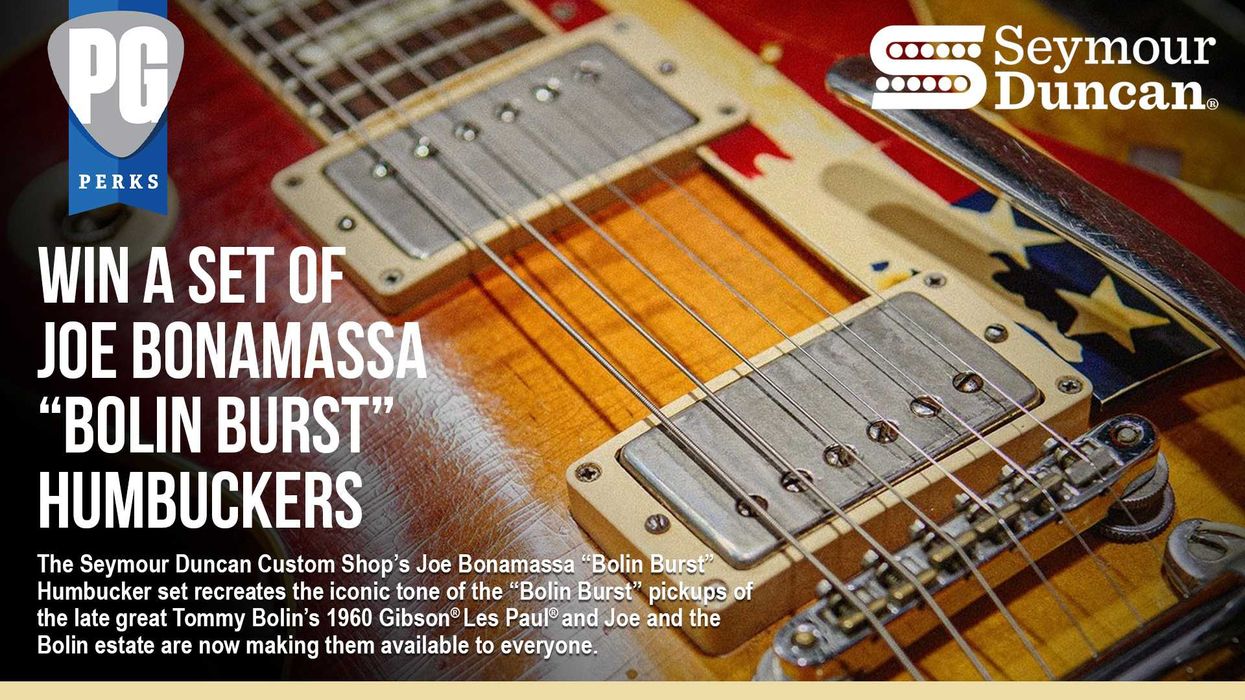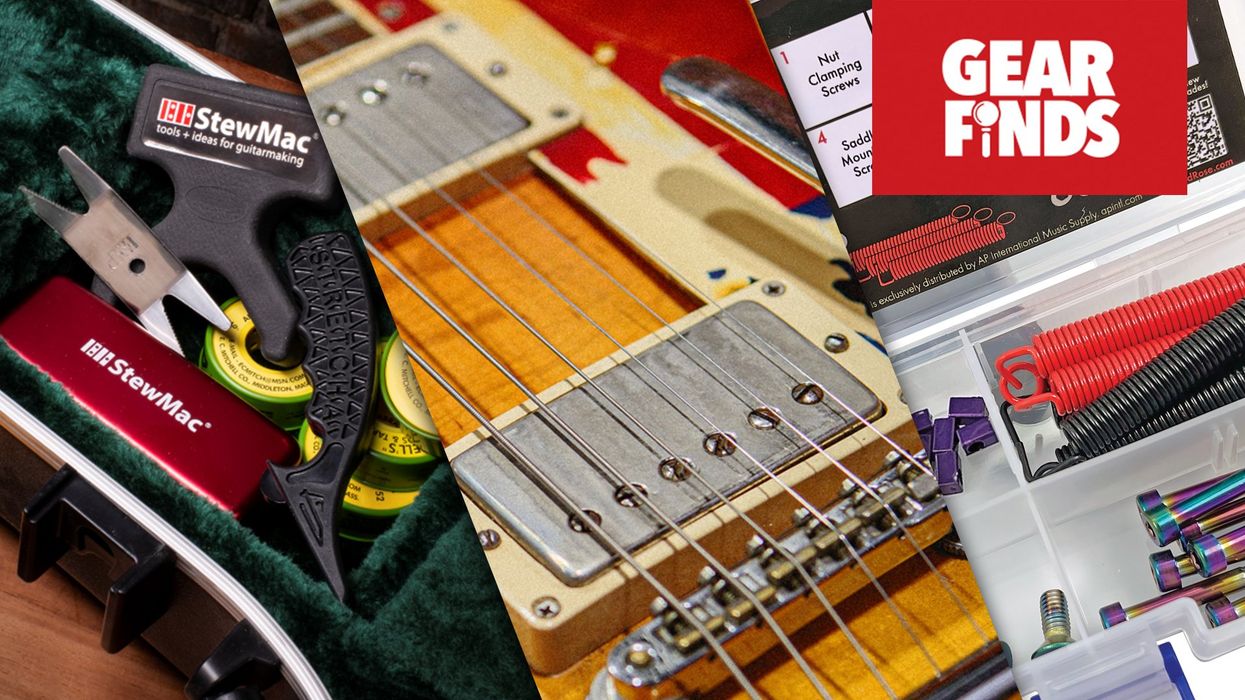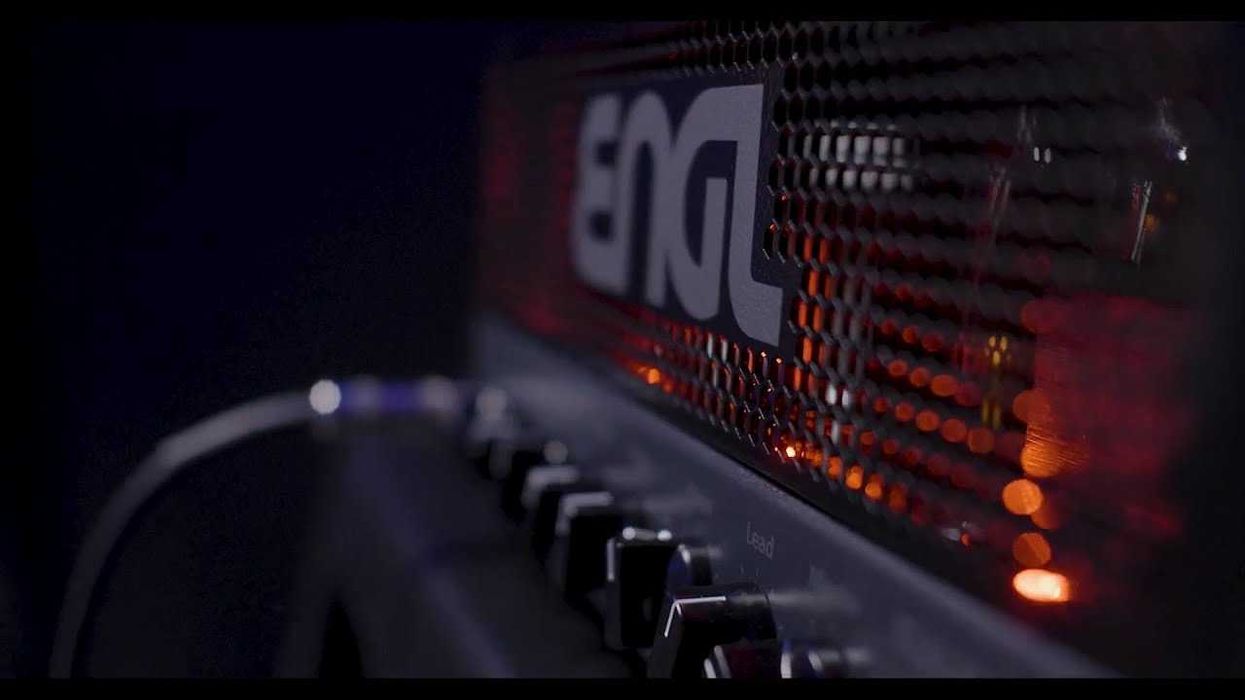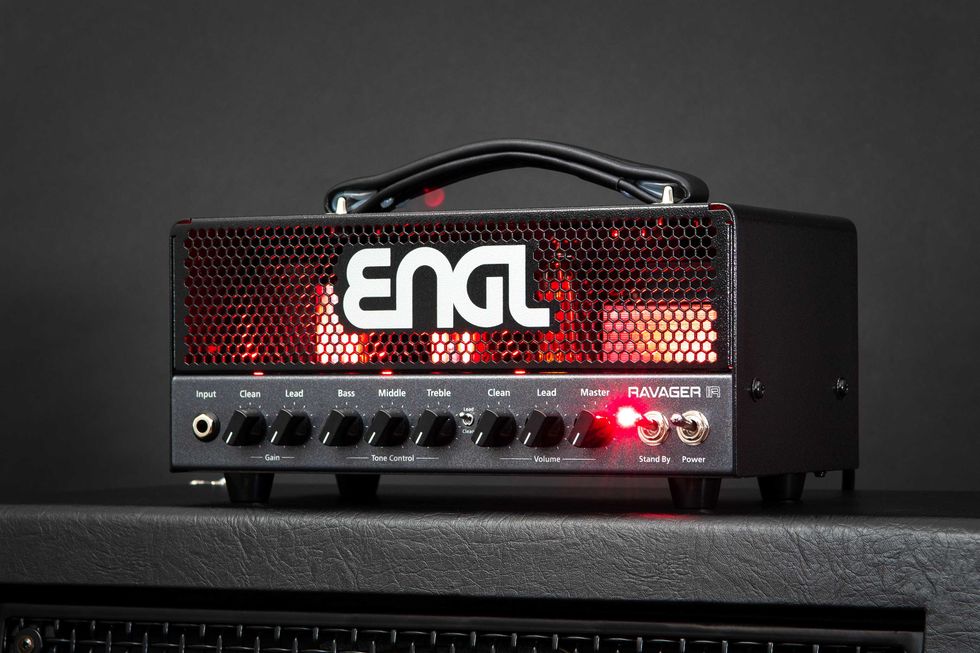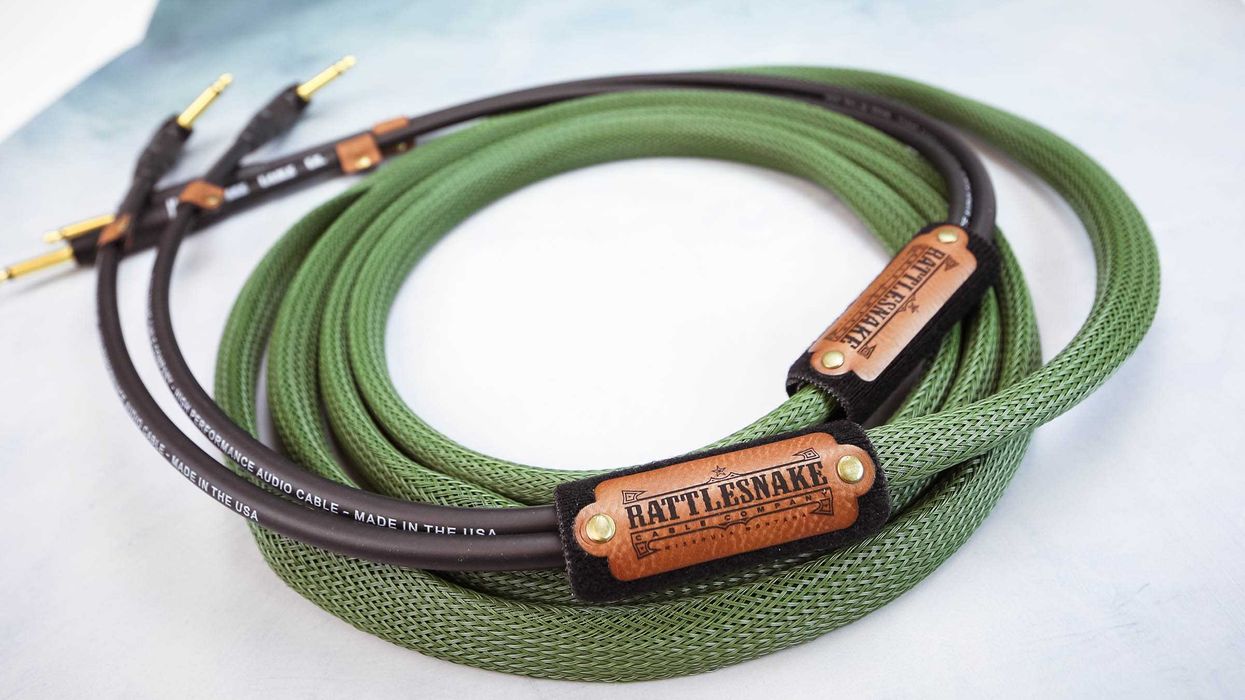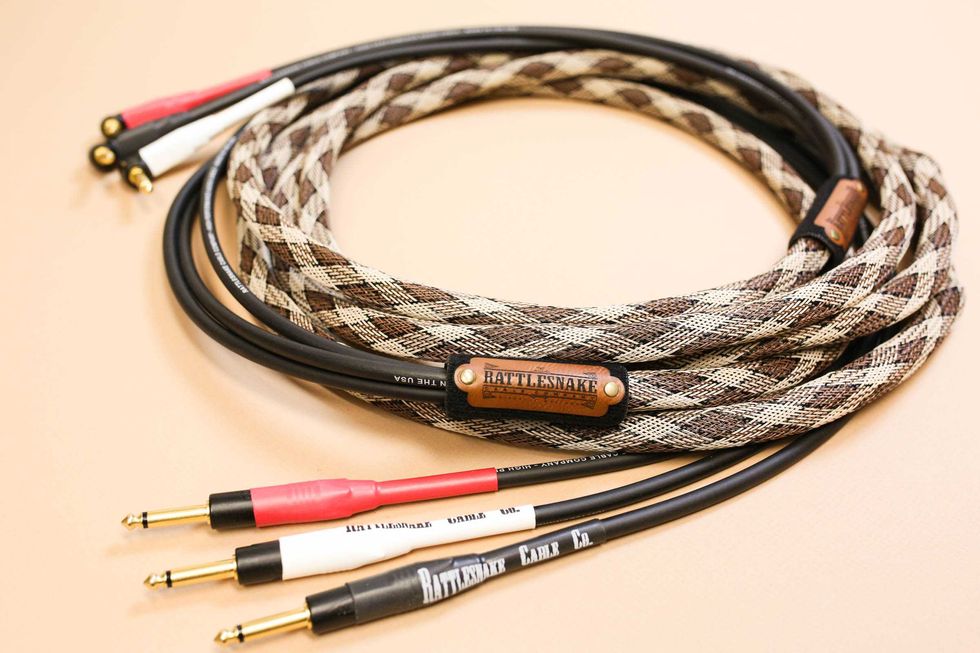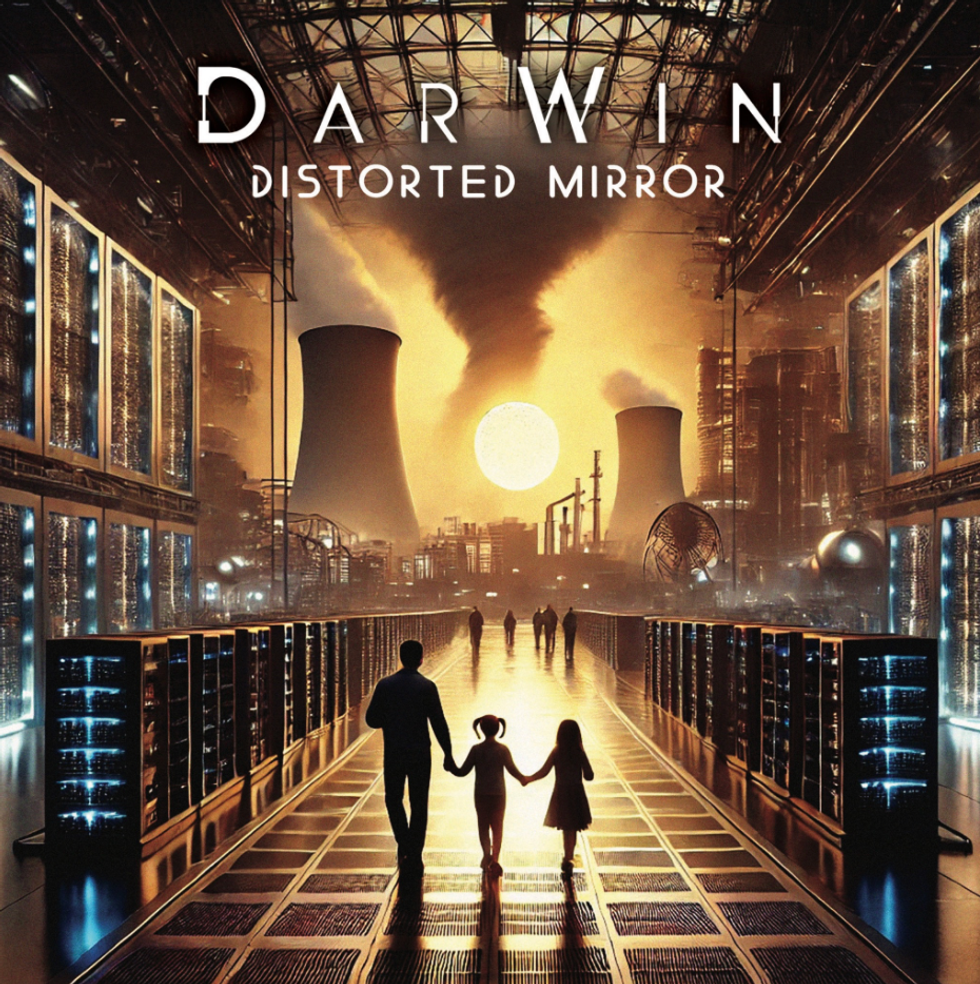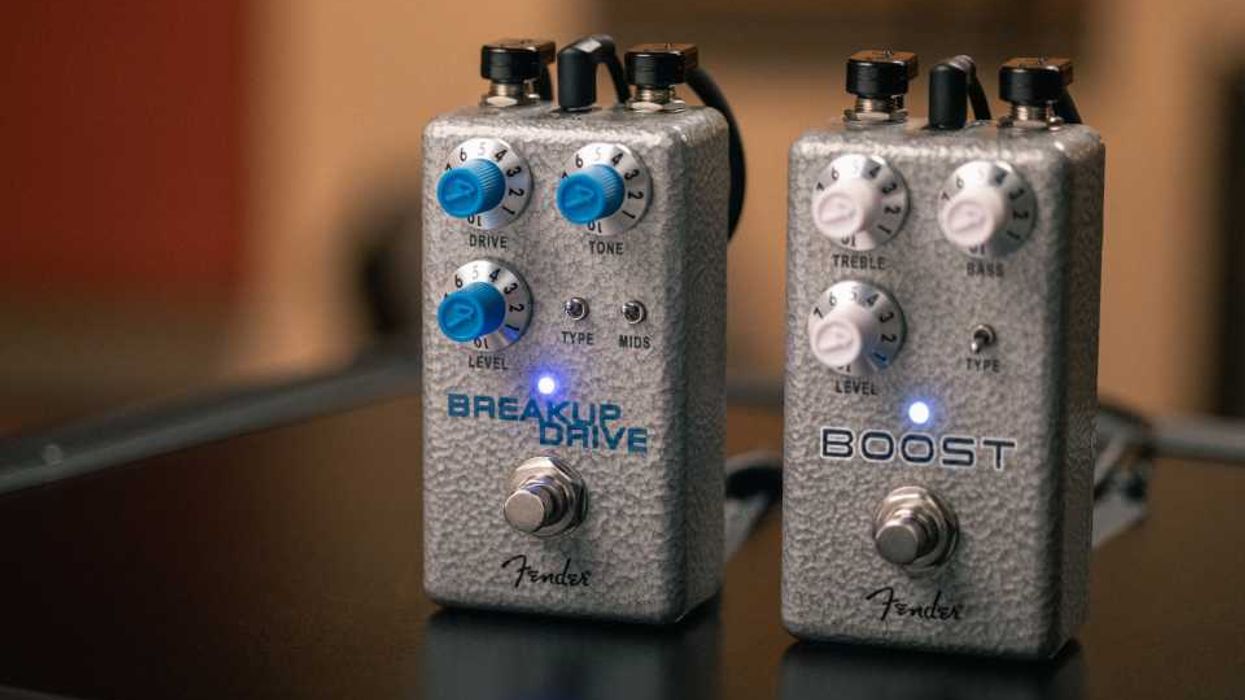Made in close collaboration and with significant input from Jimmy Page, the Jimmy Page EDS-1275 uses new 3D scanning technology to aid in handcrafting an effective clone of his original EDS-1275.
There are very few guitars that can claim to be as instantly recognizable and iconic as Jimmy Page’s 1969 EDS-1275 Doubleneck. The photos of him playing it on stage with Led Zeppelin are indelible to rock ’n’ roll history. While Gibson has been making doubleneck electric guitars since 1958, Jimmy was the player who defined the EDS-1275 from the day it was delivered to him. Introducing the Jimmy Page EDS-1275 Doubleneck VOS, now part of the Gibson Custom core lineup and built to the exact specifications of Jimmy’s iconic EDS-1275 Doubleneck.
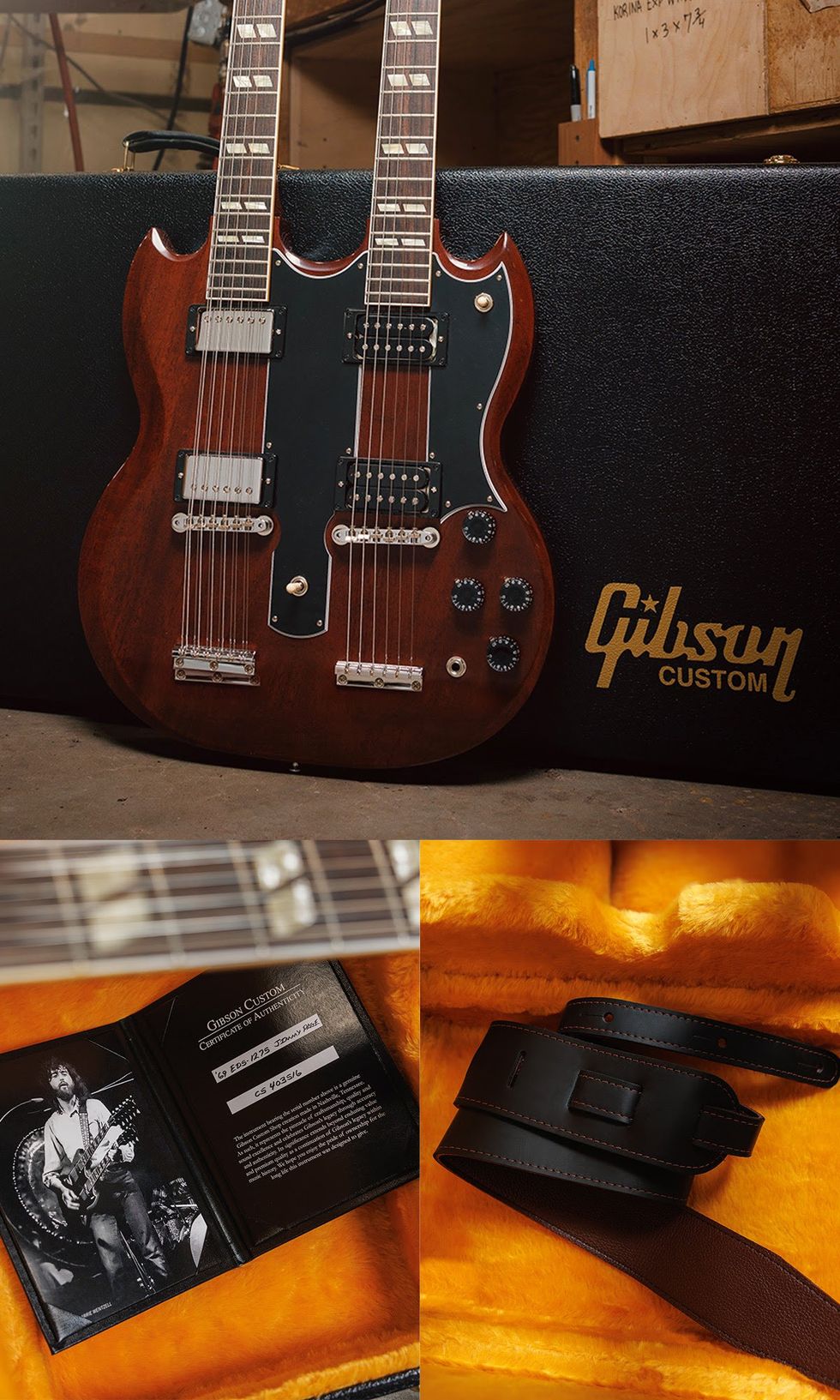
The Jimmy Page EDS-1275 features a double-cutaway one-piece mahogany body that provides exceptional access to the full length of both the12-string and six-string mahogany necks. Both necks have long tenons and are hide glue fit, and the neck profiles are recreated from 3D scans of the necks on the original guitar. The necks are both capped with bound Indian rosewood fretboards. Each fretboard is equipped with 20 authentic medium jumbo frets and adorned with aged cellulose nitrate parallelogram inlays. The fretboards of both necks have a 12” radius, which is perfect for both playing chords as well as for string bending while soloing. The 18 tuners are Kluson double line, double ring style, just like those found on the original guitar, and even the headstocks feature the correct 17-degree angle and specific logo stylization found on Jimmy’s EDS-1275. The electronics are just as authentic and deliver all of the sonic character of Jimmy’s legendary EDS-1275. Two uncovered Jimmy Page EDS-1275 Custombuckers with double black bobbins and Alnico 5 magnets are used for the two six-string pickups, while a covered pair is installed on the 12-string neck. Of course, the two volume and two tone controls use CTS potentiometers and period-correct ceramic disc capacitors, and the pickup select switch, neck select switch, and output jack are all from Switchcraft.
Here is your opportunity to own a clone of Jimmy Page’s famous EDS-1275, identical to how it appeared on the day that Jimmy first received the guitar. A Gibson Custom hardshell case is included, along with a vintage leather strap, and a certificate of authenticity with a photo from famed photographer Barrie Wentzell.
Jimmy Page EDS-1275 Doubleneck VOS '69 Cherry
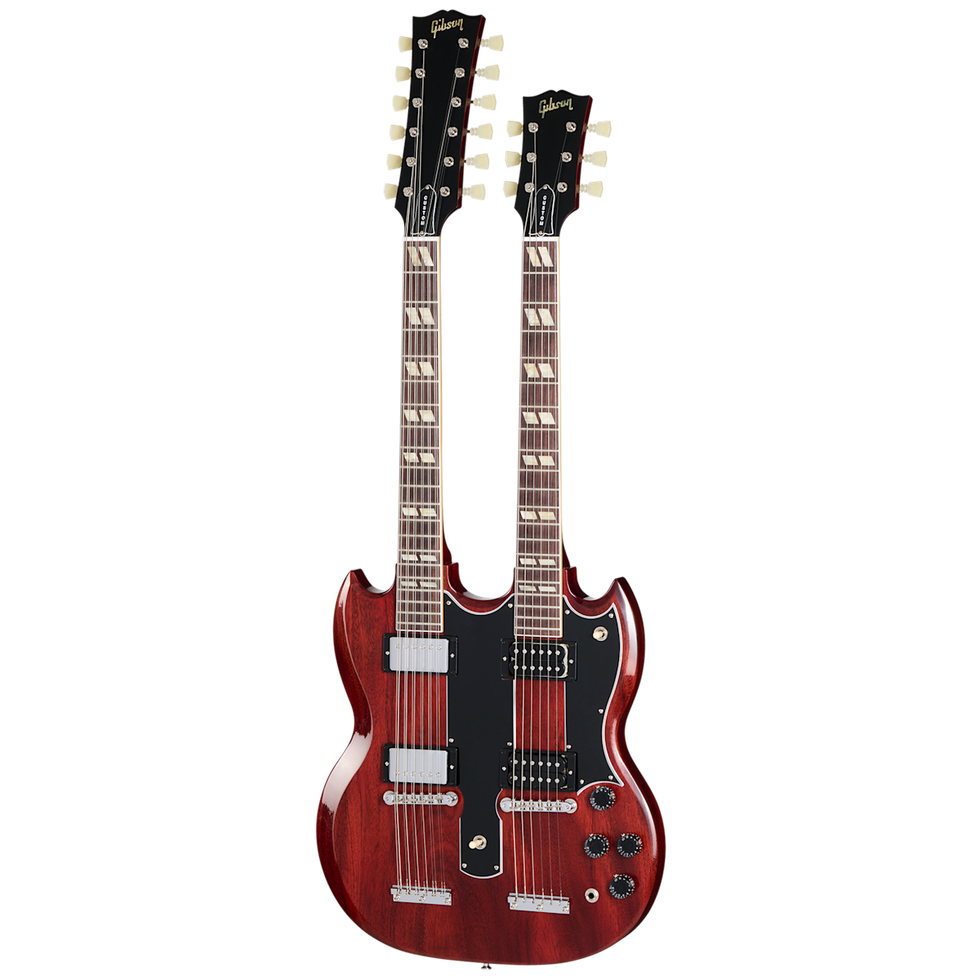
Recreation of the EDS-1275 used by Jimmy Page made using 3D scans of the original guitar, one piece mahogany body, mahogany six and 12-string necks with custom Jimmy Page profiles, Indian rosewood fretboards, Jimmy Page Custombucker pickups with Alnico 5 magnets and double black bobbins, Gibson Custom hardshell case
